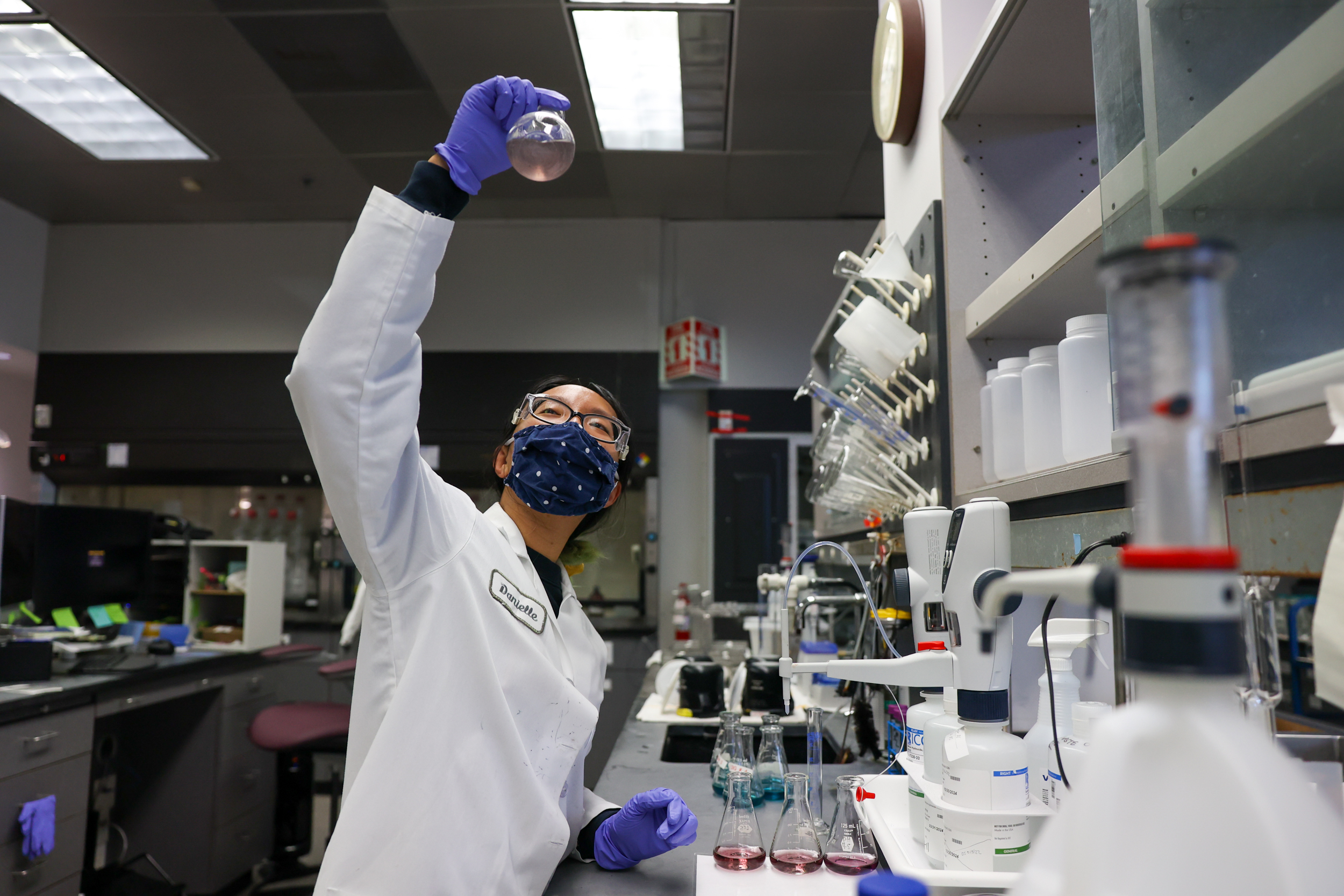Public health officials in Marin County say they’ve discovered evidence of a new skin-rotting drug called xylazine in the region’s wastewater.
The drug, known on the streets as “Tranq,” has already been linked to a number of overdose deaths in the Bay Area after being used in combination with fentanyl.
The Marin County Health and Human Services Department said in a statement that it hasn’t detected any overdoses or other Tranq-related incidents in the area, but the wastewater data suggests that people have been exposed to the drug.
Typically used to sedate large animals, the drug is believed to cause severe skin ulcerations and profound periods of sedation in its users, mimicking the effects of an overdose for 12 hours at a time, according to experts. But because it’s not an opioid, Tranq is resistant to overdose reversal medications such as Narcan.
The drug has spread westward through the U.S.’s illicit fentanyl trade in recent years and was present in approximately 23% of fentanyl powder and 7% of fentanyl pills seized by the federal Drug Enforcement Administration in 2022. The DEA’s San Francisco Division said that it has seized an increasing amount of Tranq in the Bay Area, particularly in Oakland.
People who use opioids may be unaware that they’ve ingested Tranq, as it’s often covertly mixed into fentanyl.
Editor’s Note: This story has been updated with additional detail about the presence of xylazine in DEA fentanyl seizures in 2022.
